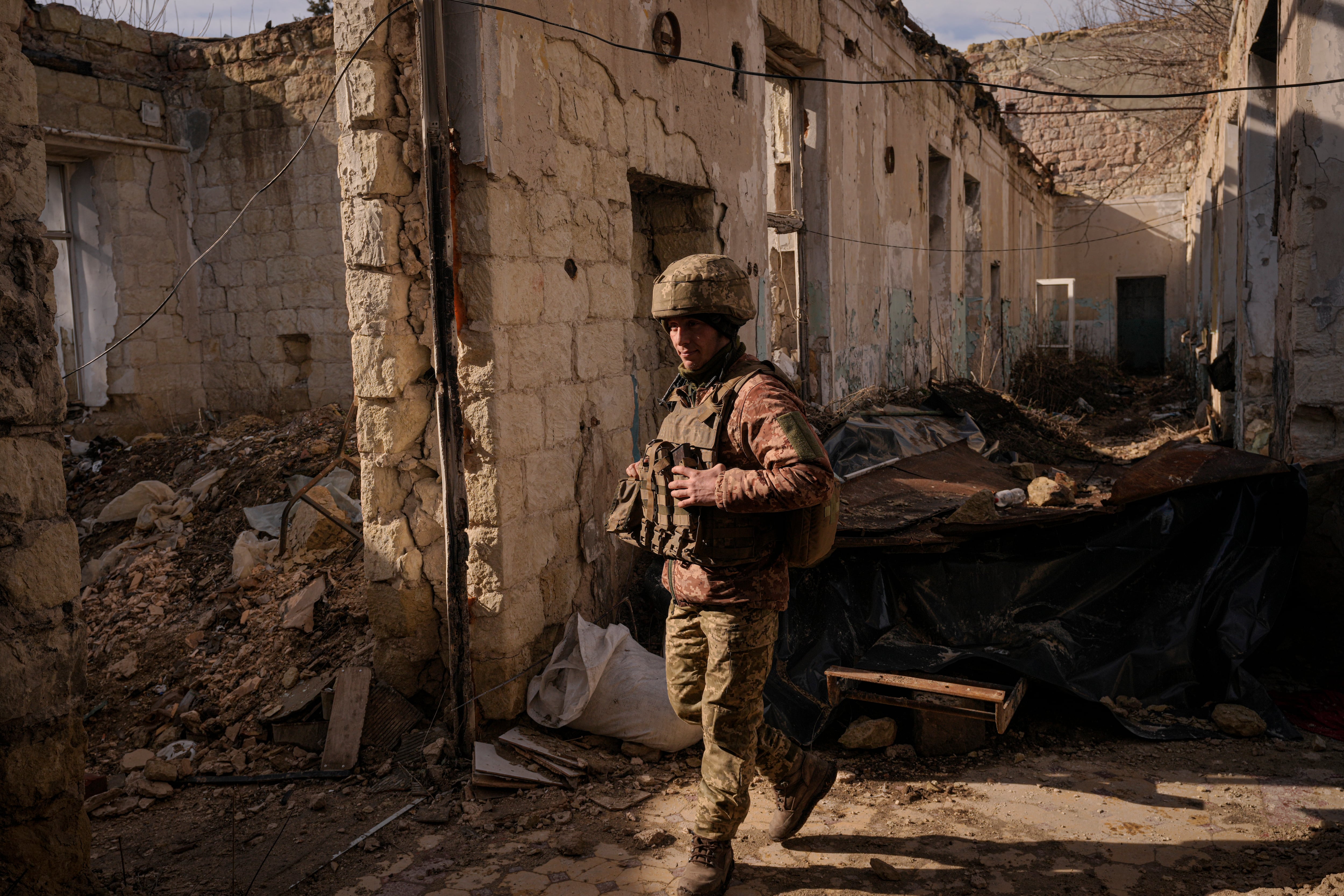Many of the 7,000 U.S. troops activated Thursday in response to Russia’s invasion of Ukraine will join up with multinational troops as part of the NATO Response Force’s first deployment in its history.
Those troops will head first to Germany, the Pentagon said, but could spread out as NATO determines where they’re most needed.
“We are grateful to our allies Canada and the United States for their recent commitments to deploy an additional 7,460 troops, including an armored brigade combat team, artillery units, a naval frigate, and surveillance aircraft, to support this Alliance-wide effort,” Air Force Gen. Tod Wolters, both the head of U.S. European Command and the supreme allied commander of NATO in Europe, said in a Friday statement.
All told, between 10,000 and 12,000 U.S. troops have been put on heightened alert to deploy, Pentagon spokesman John Kirby told Military Times on Friday, though he could not be more specific, leaving roughly between 3,000 and 5,000 troops still stateside and in the queue for mobilization should more troops be committed to Europe.
The most recent, 7,000-soldier slice includes 1st Armored Brigade Combat Team, 3rd Infantry Division from Fort Stewart, Georgia, as well as some artillery and transport units.
They will be at least partially committed to the NATO Response Force, Kirby said, but those details are still being worked out.
“And I don’t have an exact breakdown of what is going to be going as a part of this NATO Response Force package because again, we’re still working our way through that,” Kirby said.
RELATED

To date, the U.S. has activated 14,000 troops for Europe. Half of those have mobilized unilaterally, including 4,700 82nd Airborne Division soldiers to Poland, 1,000 2nd Cavalry Regiment soldiers to Romania and 300 XVIII Airborne Corps soldiers to Germany.
Earlier this week, another 1,000 troops started moving out, including aircrew, maintainers and staff to support six Air Force F-35 strike fighters, 32 Army AH-64 Apache helicopters and 800 members of an infantry task force battalion to the Baltic states, Poland and Romania.
With the activation of the NATO Response Force, the U.S. expects to start attaching more troops to that organization, as part of a deterrence effort should Russia’s invasion of Ukraine threaten NATO territory.
“It’s a menu of options that are going to be available to national leaders,” Kirby said. “And again, what I can promise you is, as we get solidity on this, and more specificity, we’ll detail that.”
Meghann Myers is the Pentagon bureau chief at Military Times. She covers operations, policy, personnel, leadership and other issues affecting service members.










